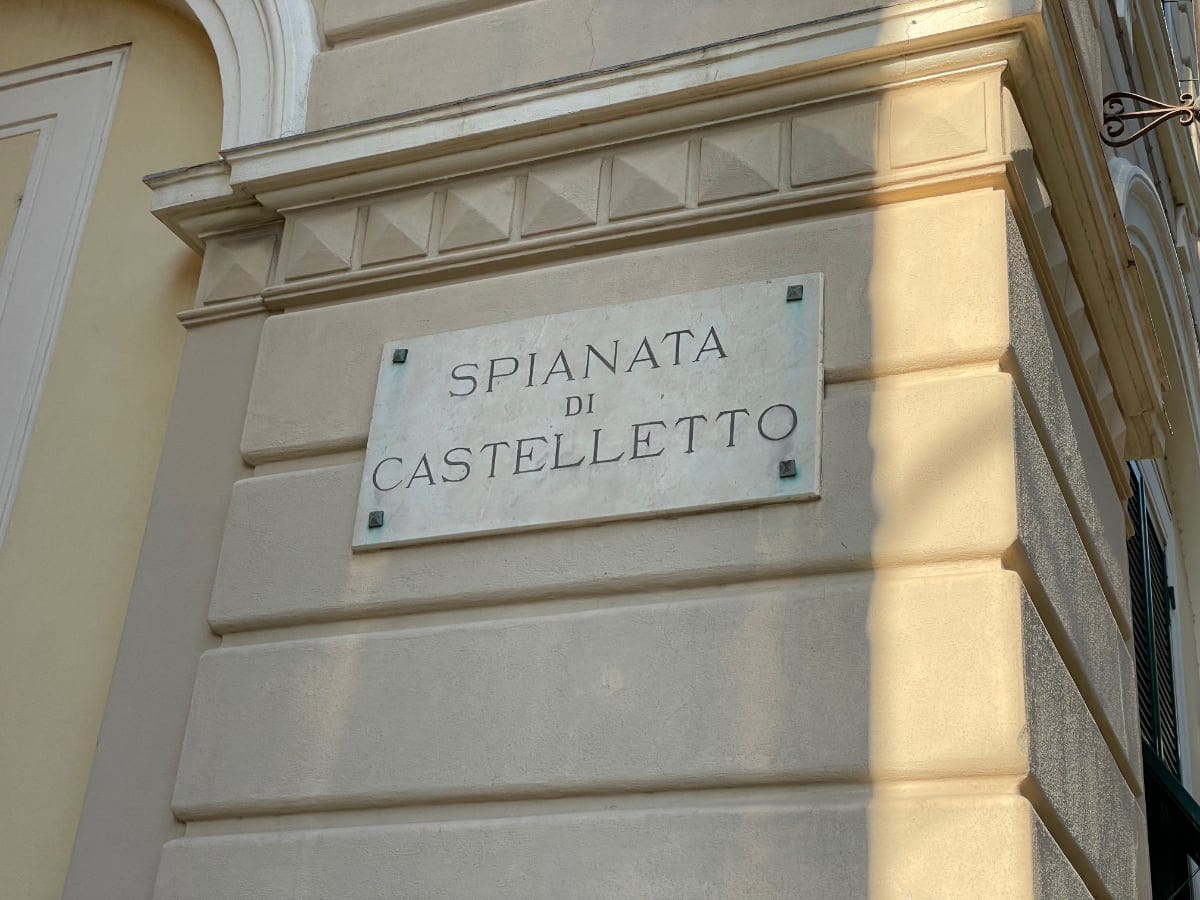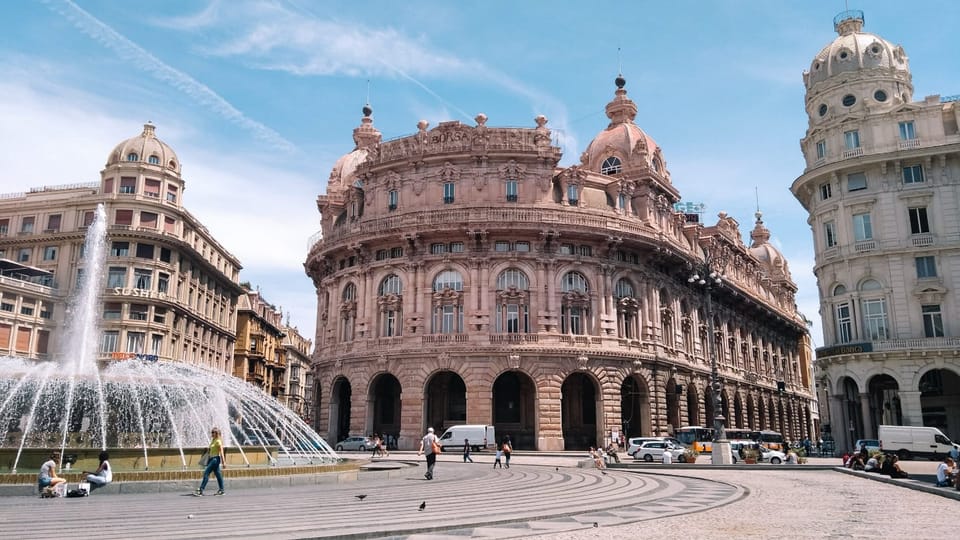The history of Banco di San Giorgio
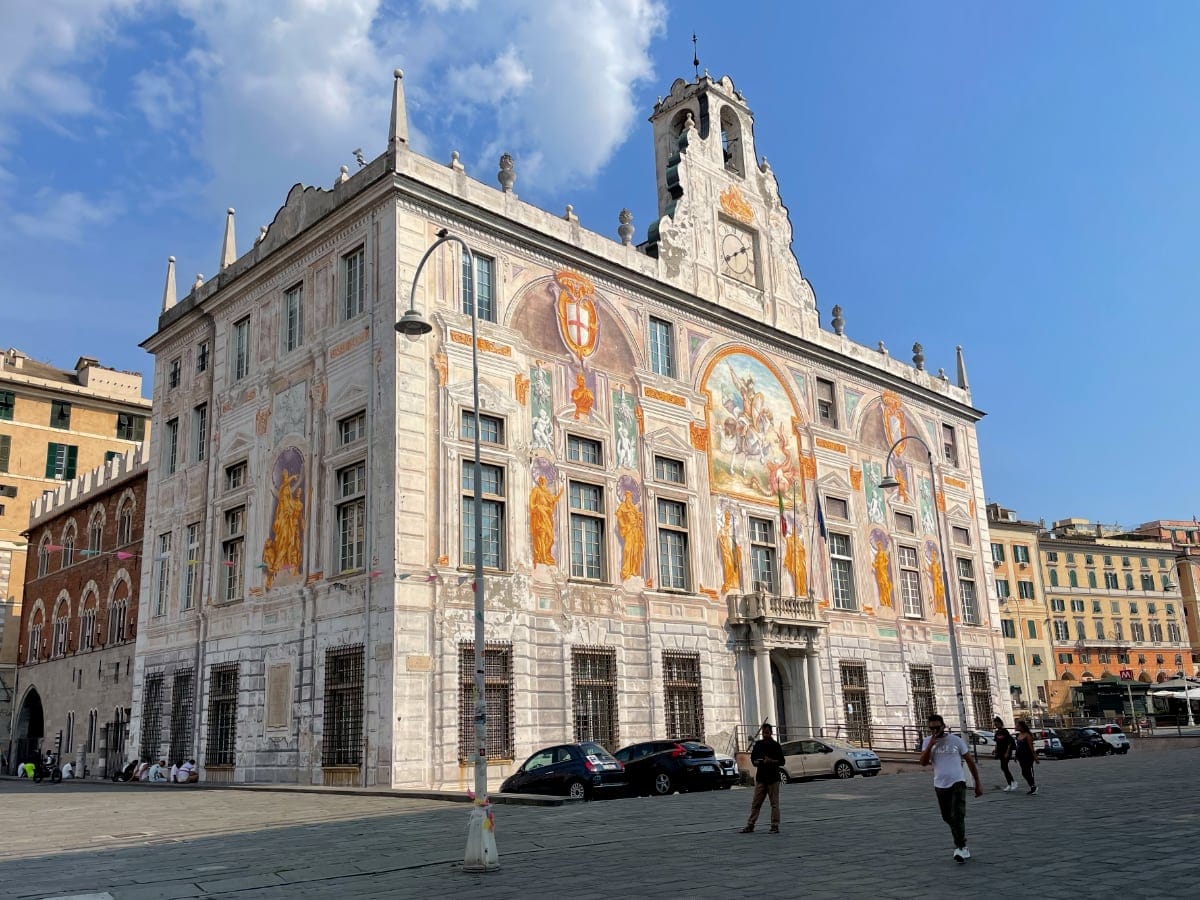
The Banco di San Giorgio, originally known as the Casa delle compere e dei banchi di San Giorgio (in Latin: Officium comperarum et bancorum Sancti Georgii), was a prominent financial institution in Genoa from 1407 to 1805.
The early years
The origins of the bank go back to 1149, when the Republic of Genoa raised its first government loan after a successful military expedition against Almeria and Tortosa (1147-48). To cover the costs, the municipality transferred the revenues from certain taxes to a group of 18 citizens for 15 years, who in return advanced 1,300 Genoese lire.
This type of financing was called a compera. In this case, the state pledged a portion of its regular revenues to lending citizens (comperisti), who received annual interest payments in return for their loan. This successful model was used repeatedly in the following years.
Establishment and growth
The Casa delle compere e dei banchi di San Giorgio was established by a state decree on April 27, 1407. The trigger for this was the financial collapse of the Compagna Communis (the former name of the Republic of Genoa) as a result of costly wars against Venice. The institution was created by merging all existing “compere” for the purpose of managing the state debt.
Over time, the institution, which later became the Banco di San Giorgio, provided further credit to the Republic of Genoa. Its capital grew steadily and eventually reached 52 million Genoese lire.
Tasks and areas of activity
The bank took on a central role in the Genoese financial system. It not only managed taxes and public debt, but also collected savings – comparable to modern central banks. It was one of the first deposit, credit and clearing banks in Europe and is considered a forerunner of today's central banks.
From around 1625, the bank also issued paper money. These notes were issued in the bearer's name, payable on presentation and transferable by endorsement.
The well-known philosopher Baron Montesquieu (1689-1755) compared the bank to a Monte di Pietà, which granted loans to the Republic and in return paid 2.5 percent interest to its lenders.
Decline
With Napoleon's rise to power, the bank lost its gold reserves to Paris. The Ligurian Republic, founded in 1797, withdrew tax and debt administration from the bank, but left it its function as a central bank. During this time, the institution was renamed Banco di San Giorgio.
The final dissolution occurred in 1805 with the incorporation of Liguria into the French Empire. The liquidation dragged on until 1856. The archive holdings have been in the State Archives of Genoa since 1881.
Structure and organization
The bank's capital was equal to the amount of state credit and was divided into “luoghi” (loca*) of 100 Genoese lire each. The holders of these shares, the “luogatari”, were both state creditors and members of parliament.
The luoghi were transferable and could be used as collateral. All transactions were documented in the bank's registers, which also acted as a trustee.
Management structure
At the top were eight protectors, supported by other officials. The Great Council of Lieutenants, with 480 members, was composed of:
- 20 officials (protectors, provosts and mayors)
- 460 partly elected, partly drawn luogatari
The council decided on important matters, in particular on government bonds. The administration employed over 500 people.
The headquarters
From 1443, the bank resided in the Palazzo del mare, a former municipal seat from the 13th century. In 1451, the building became the full property of the bank and was renamed Palazzo San Giorgio.
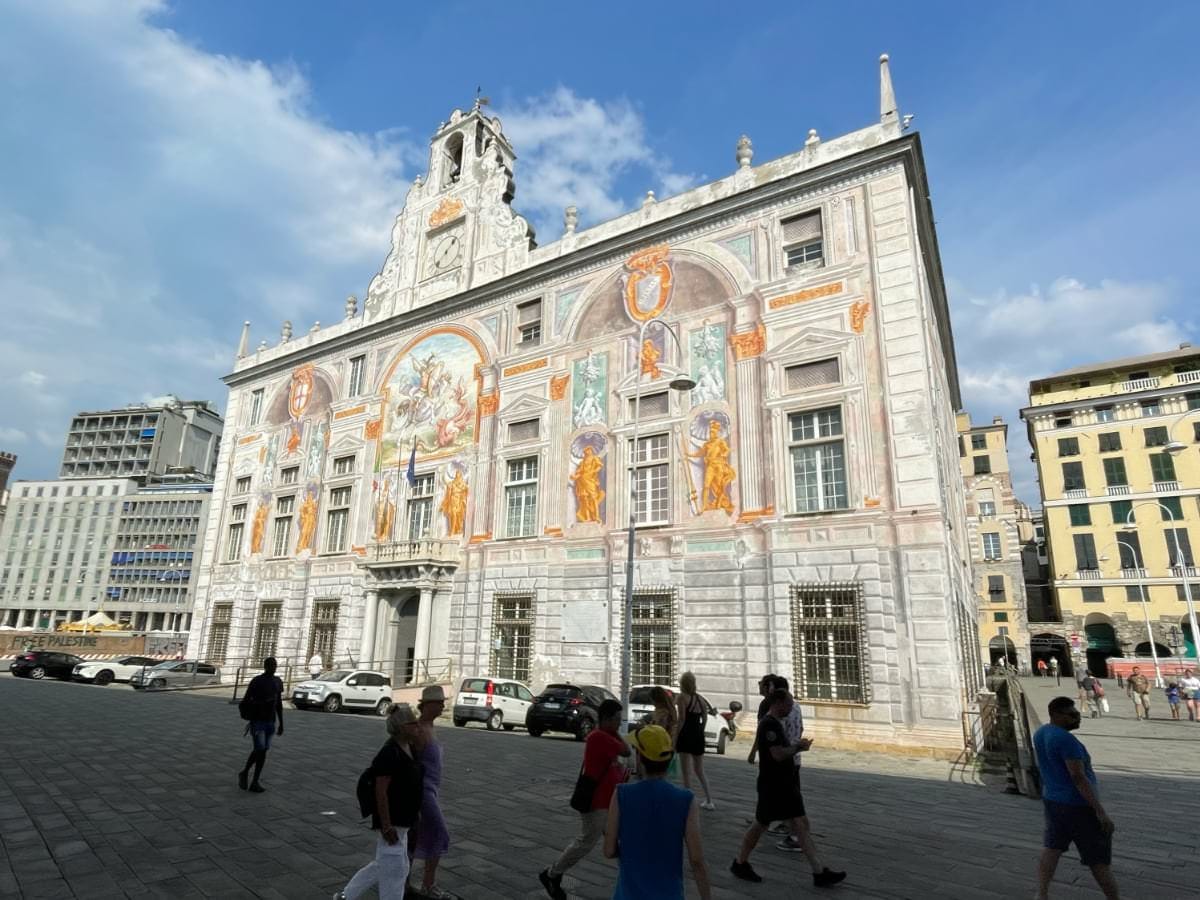
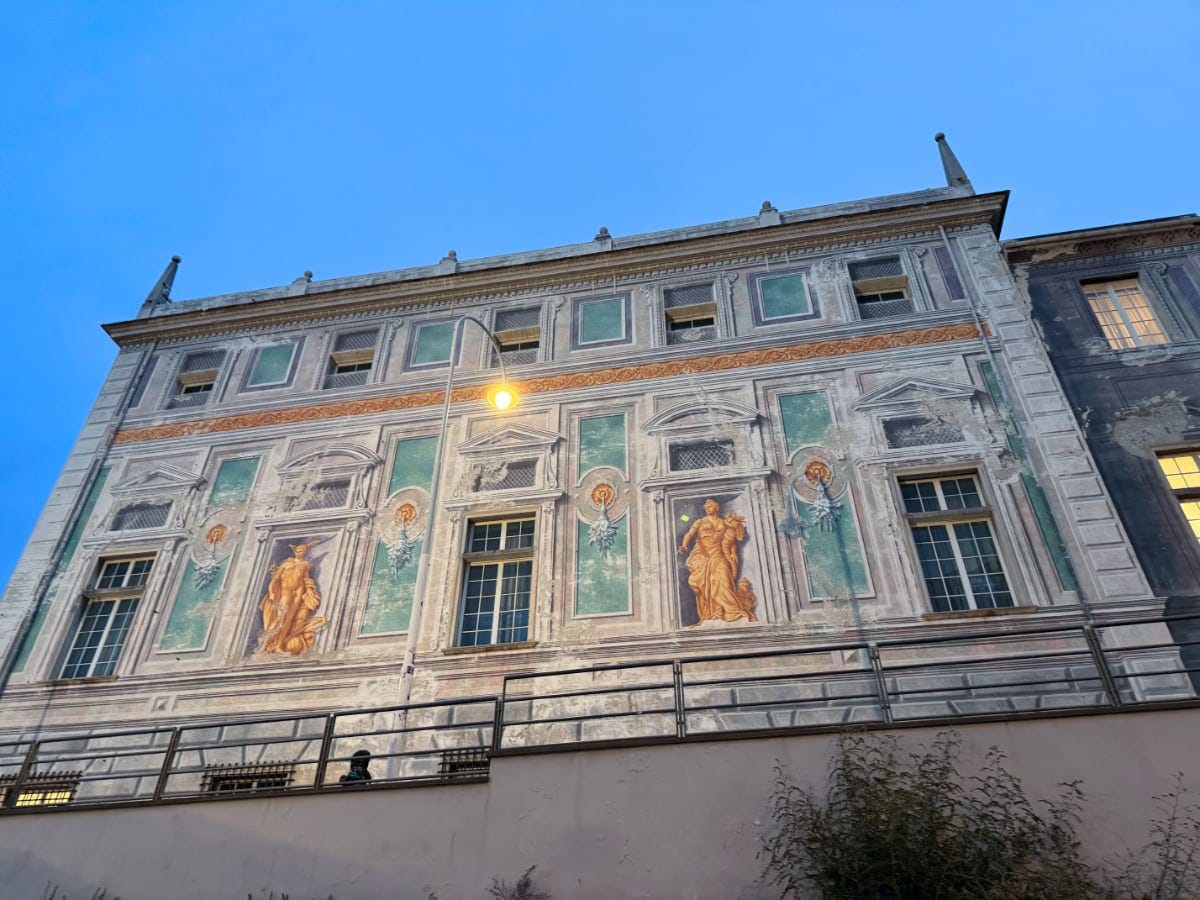
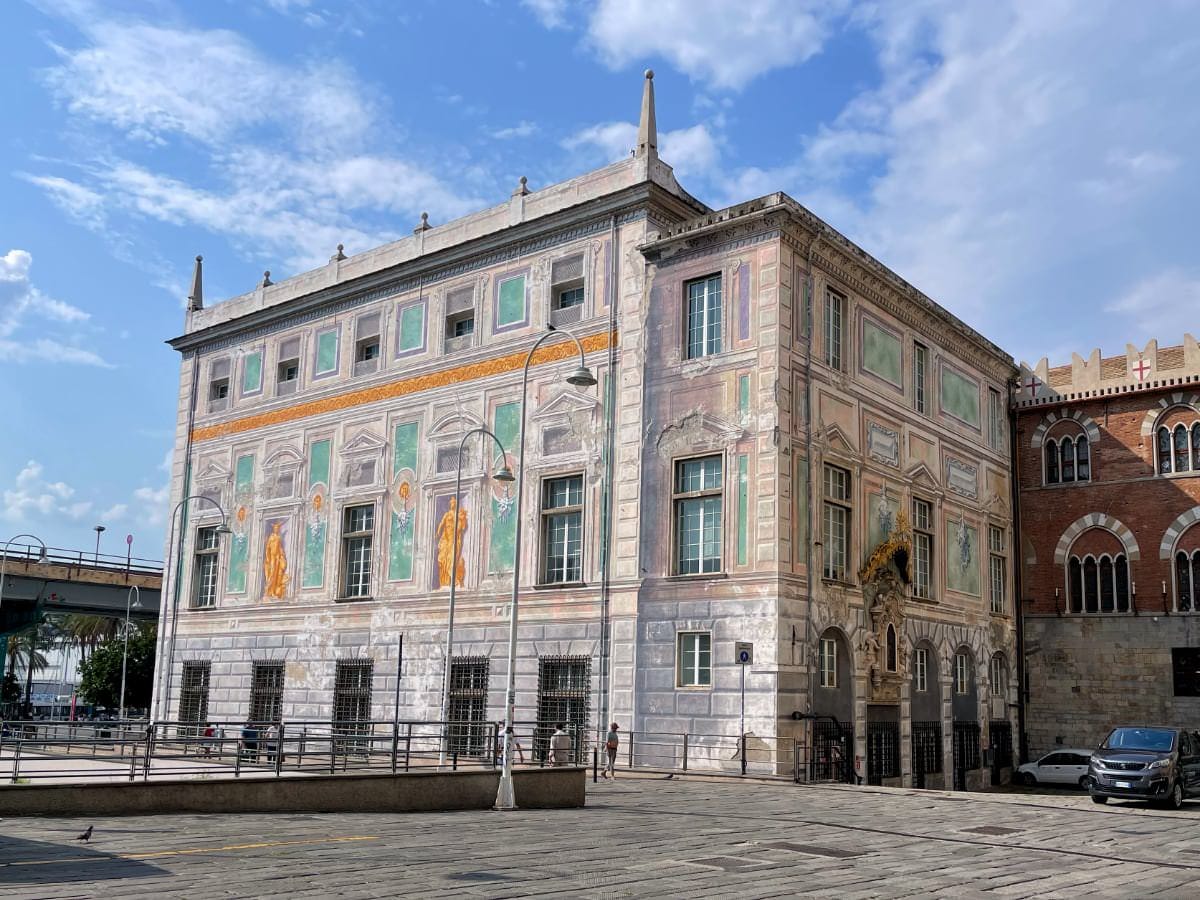
Banco di San Giorgio
Financial transactions
Compere
The “compera” was a typical financing instrument in Genoa, documented since 1141. Groups of creditors granted loans to the Compagna Communis in return for the right to levy taxes over fixed periods. With the founding of the House of San Giorgio, these various creditor associations were brought together.
Banking services
The bank operated various deposit and giro accounts for different currencies. Transactions were processed on the first floor of Palazzo San Giorgio, where notaries kept double-entry accounts in Latin. The bank's account holders included prominent figures such as Ferdinand II of Aragon, Isabella of Castile and Christopher Columbus.
Territorial possessions
The bank temporarily administered various territories, including:
- Famagusta (1447-1464)
- Gazaria (until 1474)
- Corsica (from 1453)
- Various towns on the Rivieras such as Lerici, Sarzana, Levanto, Pieve di Teco and Ventimiglia
In 1562, all remaining territories were returned to the Republic.
Other activities
The bank also took over the following on behalf of the Republic:
- The salt monopoly
- The lottery sector
- State coinage
However, these activities were subject to state regulation.


